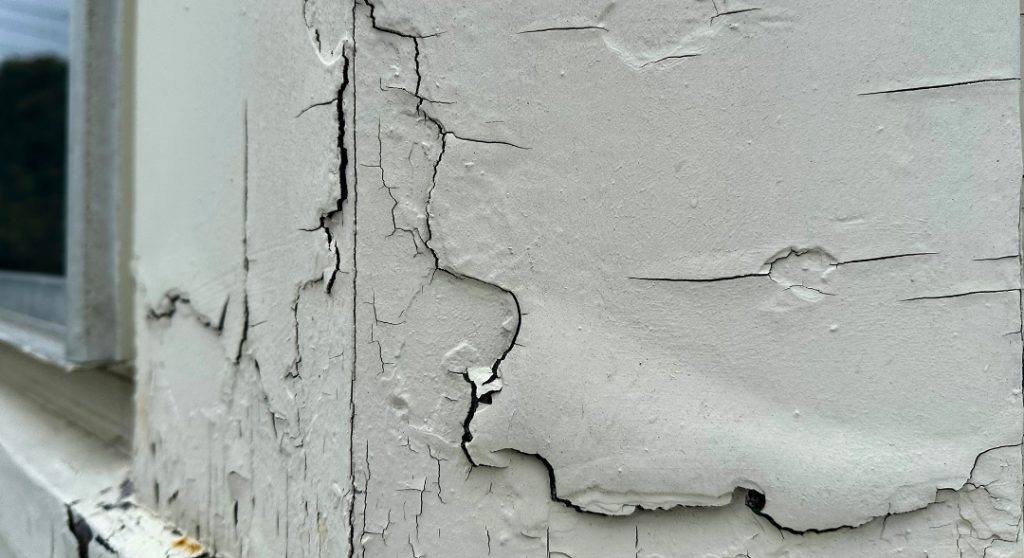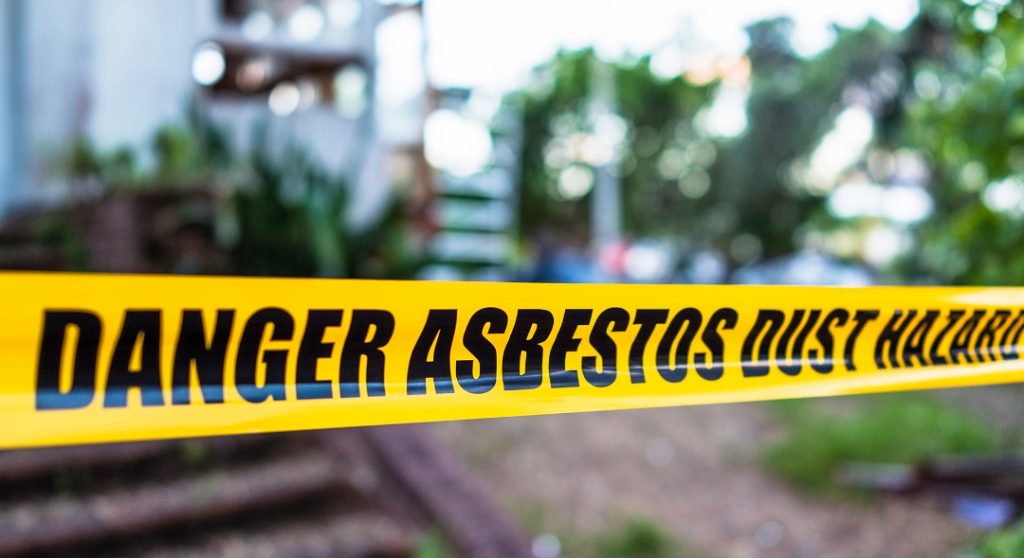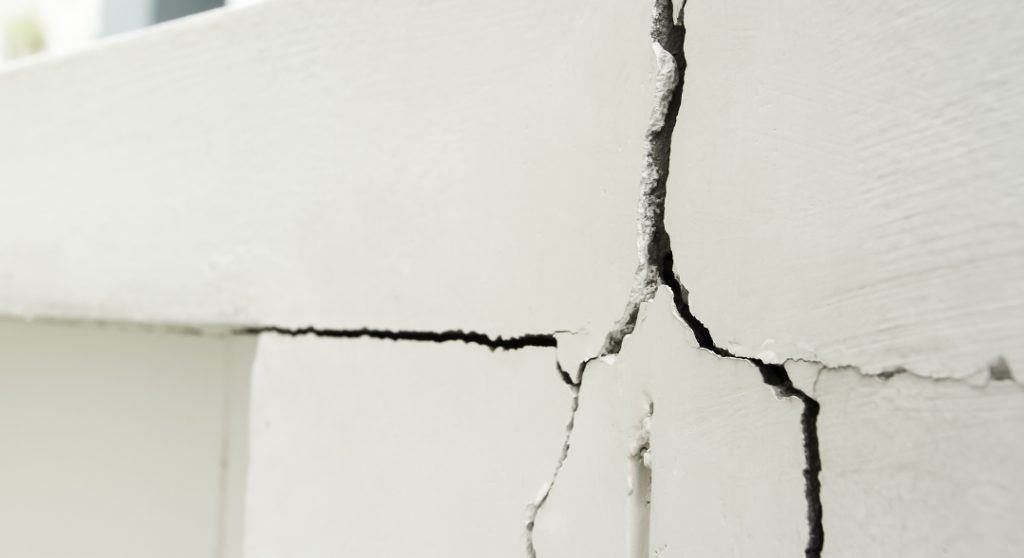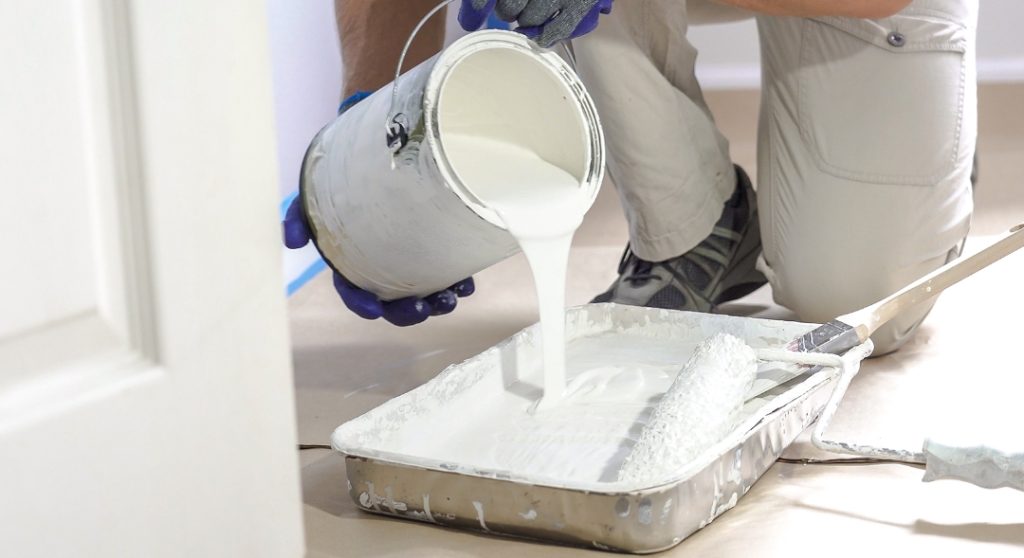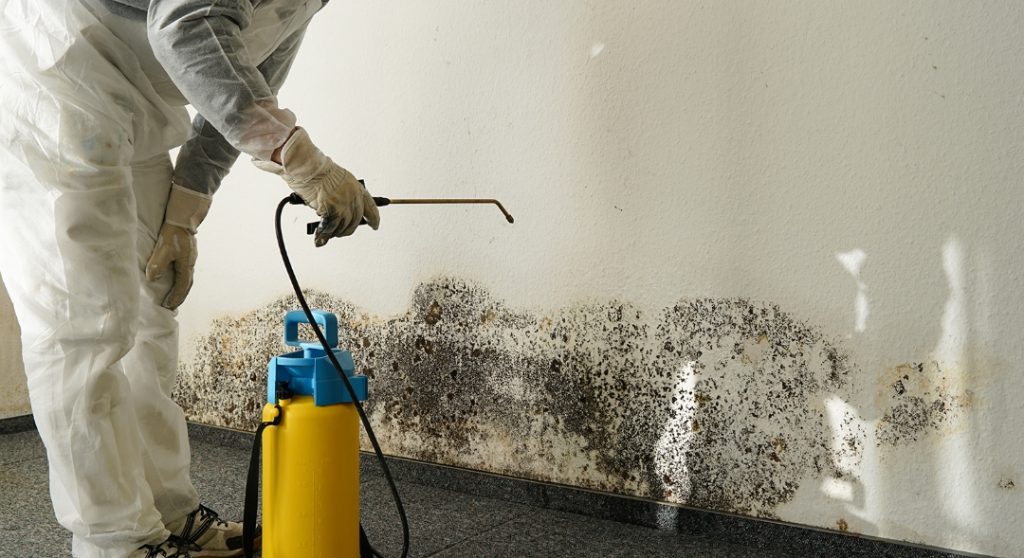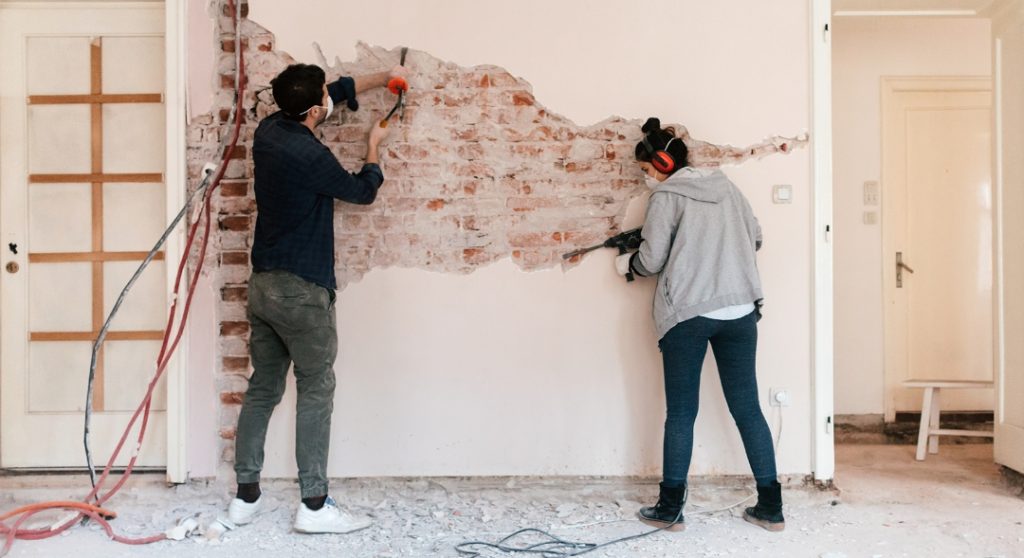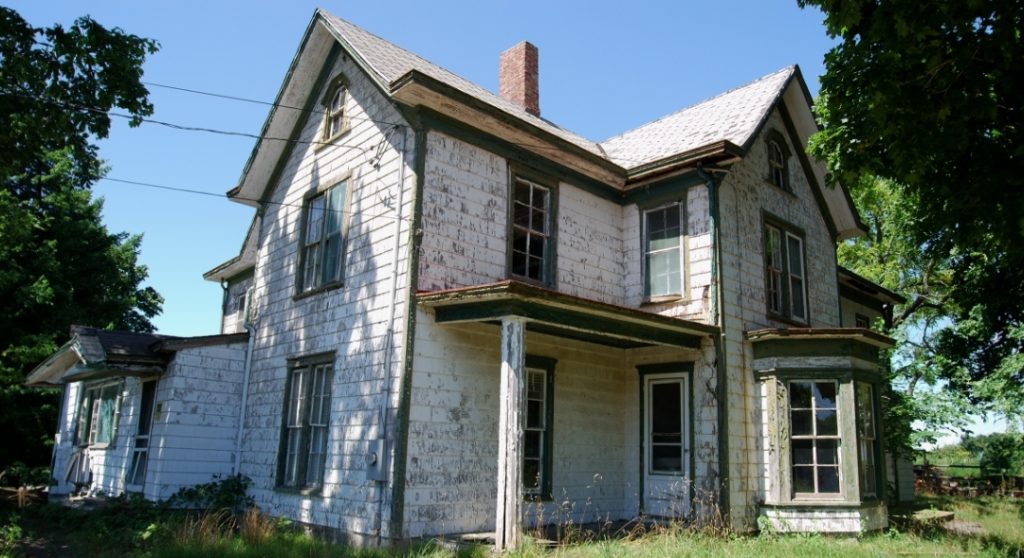 Homes in the United States are older than at any point ever recorded and Americans are spending billions of dollars to improve them.
Homes in the United States are older than at any point ever recorded and Americans are spending billions of dollars to improve them.
According to the Joint Center for Housing Studies at Harvard University, the median age of owner occupied homes is 41 years and almost 50 percent were built before 1980.
Along with the nationwide shift to remote work and education during the pandemic, the need to improve these older homes has catalyzed a surge in home renovation projects.
In fact, the JCHS reported that U.S. remodeling market spending has grown to a record $580 billion per year as of 2023. This represents an increase of 44 percent over 2019.
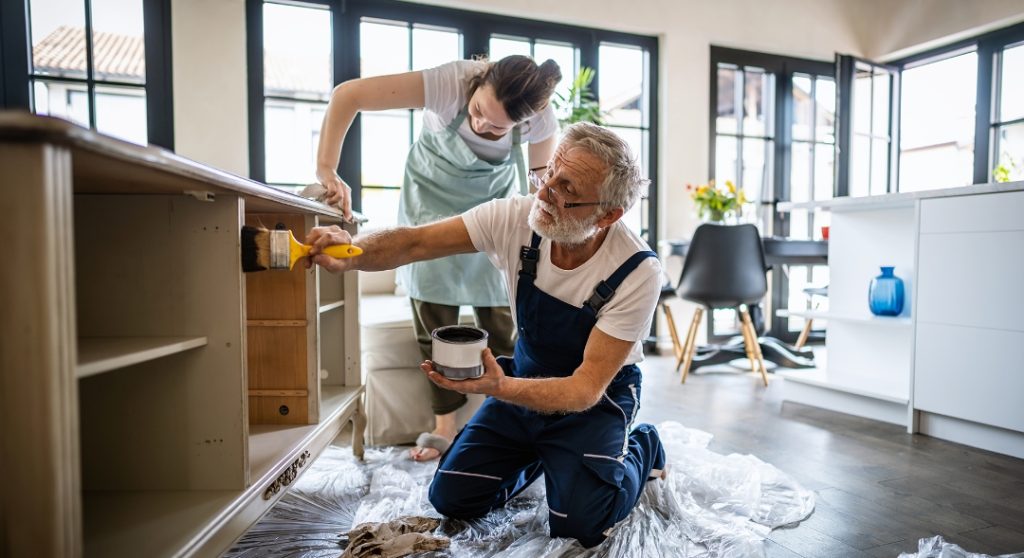
The Do-It-Your-Self Market
Among the biggest areas of growth during this time was the Do-it-Yourself (DIY) market – with DIY spending reaching an all-time high of $66 billion. According to the U.S. Census American Housing Survey, nearly 40 percent of all home improvement projects were DIY.
While America’s homes are older than ever before, younger home-owners – especially first-time home buyers – are the most likely to undertake DIY projects.
In fact, one in five homeowners under the age of 35 took on a Do-It-Yourself project in 2021, allocating twice as much of their home improvement budgets (26 percent) to DIY than older homeowners.
This introduces safety considerations, especially when refurbishing older structures. As the under-35 group comes into the prime window for home buying, they will likely be purchasing older homes that need to be updated and remodeled.
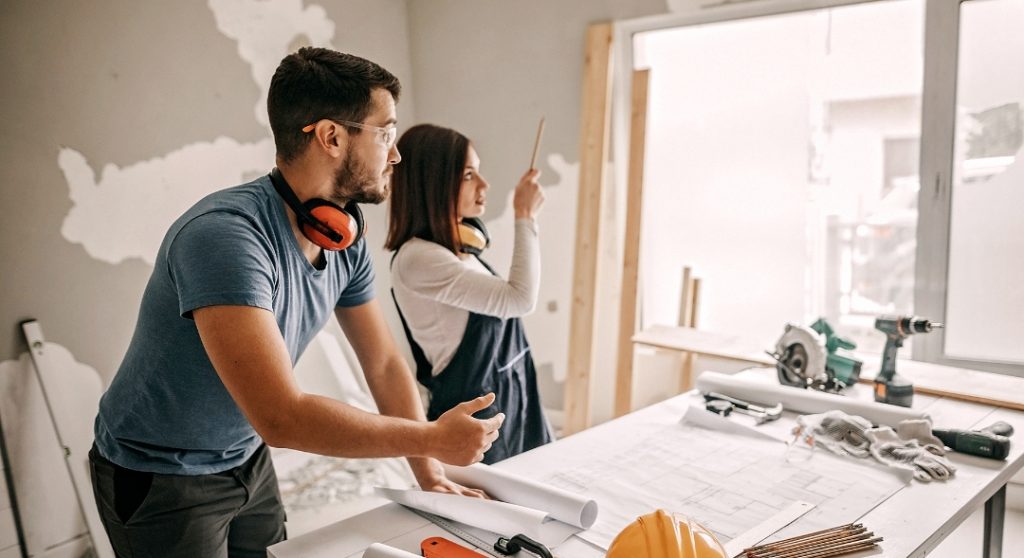
The Most Common Safety Hazards To Look Out For
There are potential safety concerns in any home improvement project. However, these issues are magnified in older homes and when homeowners attempt a DIY project.
Homes that are over 20 years old tend to need more improvements and repairs as many core systems and components begin to cause issues. They may contain materials or conditions that are hazardous to, not only the person performing the work but to all people living in the home.
Given the advanced age of most U.S. homes, it is important to conduct renovations, especially DIY renovations with caution.
The most common safety hazards to look out for are listed below.
Lead
Many homes that were built before 1978 may contain lead in lead-based paint, plumbing, and more. When conducting renovations lead paint can release harmful dust and cause lead poisoning. Some projects that may expose you to lead include:
- Paint stripping and removal
- Sanding projects
- Plumbing work
Ways to protect yourself from exposure to lead in DIY projects include:
- Test for lead before beginning your project
- Use Personal Protective Equipment (PPE)
- Use wet methods (i.e. wet sanding or wet scraping) to limit the generation of lead dust
- Seal off the area you are working in that contains lead
- Ensure the area you are working in has the proper ventilation
Asbestos
Homes built prior to the 1980s likely contain asbestos, which can cause significant health risks when disturbed. Microscopic fibers from asbestos can be inhaled and lead to serious respiratory diseases such as mesothelioma, lung cancer, and more.
Some projects that may expose you to asbestos include:
- Plumbing pipe removal
- Insulation removal
- HVAC ductwork
- Removal of popcorn ceilings
- Demolition of walls or ceilings
Ways to protect yourself from asbestos in DIY projects include:
- Have qualified professionals test materials
- Wear protective gear
- Ensure the area is well ventilated
- Consult with professionals and consider letting them handle the project
Radon
Radon is a colorless and odorless radioactive gas that can seep into your home from the ground and can cause serious health problems. Some projects that may expose you to asbestos include:
- Sealing foundation cracks
- Improving subfloor ventilation
- Ventilating crawl spaces
Ways to protect yourself from radon in DIY projects include:
- Hire professionals to conduct radon testing before beginning your project
- Wear personal protective equipment (PPE)
- Seal cracks in floors and walls
- Ensure there is proper ventilation (open windows, fans, etc)
Volatile Organic Compounds (VOCs)
Some products you may use when renovating your home may contain volatile organic compounds (VOCs). VOCs may irritate your respiratory system, eyes, and skin, cause headaches and/or dizziness, and in some cases can cause damage to internal organs. Some projects that may expose you to VOCs include:
- Paints and coatings
- Adhesives
- Sealants
- Flooring
- Wood finishes
- Some cleaning products
- Spray foam insulation
Ways to protect yourself from VOCs in DIY projects include:
- Avoid products that contain VOCs by opting for water-based products when possible and available
- Use products containing VOCs in well-ventilated areas
- Wear Personal Protective Equipment (PPE)
- Seal materials containing high amounts of VOCs to reduce off-gassing
Mold
Mold is a common concern in home renovations, particularly when dealing with areas that are prone to moisture. Exposure to mold spores can cause allergies, respiratory issues, and other health problems. Some projects that may expose you to mold include:
- Basement remodels
- Bathroom renovations
- Plumbing repairs
- Roof repairs
Ways to protect yourself from mold exposure in DIY projects include:
- Inspect for signs of mold before beginning your project
- Use Personal Protective Equipment (PPE)
- Properly ventilate the area you are working in
Other common safety concerns when renovating a home can include:
- Installing Appliances: often heavy and awkwardly shaped, appliances pose a tipping hazard. If they fall they can cause serious injury to you or others around.
- Installing Gas Stoves: incorrect installation can result in gas leaks, which if left unchecked can cause a fire or explosion. If you are exposed to a build of natural gas for a prolonged period of time you may face serious health consequences.
- Electrical Installations or Wiring: poorly installed wiring can lead to electrical fires, and when working with live wires you always face the risk of electric shock. Additionally, DIY electrical work may not comply with local building codes and regulations which can cause legal issues later on.
- Painting: proper ventilation is essential when painting. Paint contains many dangerous fumes that can cause headaches, dizziness, and nausea if you do not have proper ventilation.
When conducting these projects, it is important to keep in mind the safety hazards detailed above and take the proper precautions.
General Safety Tips When Conducting Home Improvements
If you’re opting to DIY your home improvements, it is important to be aware of the hazards relevant to your project(s) and take steps to ensure your safety and well-being. A few ways you can protect yourself include:
- Educating yourself on the safety hazards of the project you are undertaking and taking proactive measures to protect yourself
- Use Personal Protection Equipment (PPE) like masks, coveralls, gloves, goggles, earplugs, etc.
- Test for hazards ahead of time this is especially important for hazards like lead, asbestos, and mold, and may require the help of professionals
- In some cases, you may need to pay for professional removal because doing it yourself may be too risky, or you may not be able to acquire the proper equipment to do it safely
- Know your limits while DIY projects may save money, it may not be worth it in the long run if the project ultimately compromises your health and well-being
DIY smarter. Protect yourself when taking on DIY home improvement projects by being aware of the hazards and taking the necessary steps to protect yourself.

